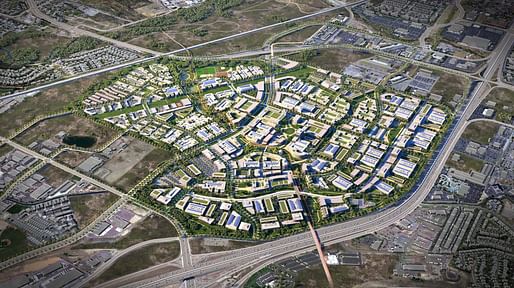

It could look like another round of flight from the city. Or what we may be witnessing is a “second draft” of the American suburbs.
Many communities that were once white, exclusionary, and car-dependent are today diverse and evolving places, still distinct from the big city but just as distinct from their own “first draft” more than a half-century ago.
— Vox
The American suburbs are continuing to diversify and gain millennials and increased numbers of immigrants, two groups that have traditionally been confined to cities. More mixed-use and affordable developments are being delivered in suburban areas where single-family constructions have long dominated. Considerations for car-free and walkable communities are also becoming more popular in planning circles, joined by taller buildings, improved restaurant culture, and nightclubs. As Addison Del Mastro noted in the Vox piece, “the makings of a suburban transformation are here.”
Indeed. Home builders are currently attempting to meet a perplexing demand challenge by going smaller and cheaper, leading to a 7% decrease in single-family starts in June. ADUs are also starting to present themselves as affordable solutions, along with more newfashioned inventions like co-living that, in combination, are making the never-ending horizontal sprawl of the suburbs much denser. In the words of one economist in the article: The post-Covid trends are a “very strong phenomenon.”
No Comments
Block this user
Are you sure you want to block this user and hide all related comments throughout the site?
Archinect
This is your first comment on Archinect. Your comment will be visible once approved.